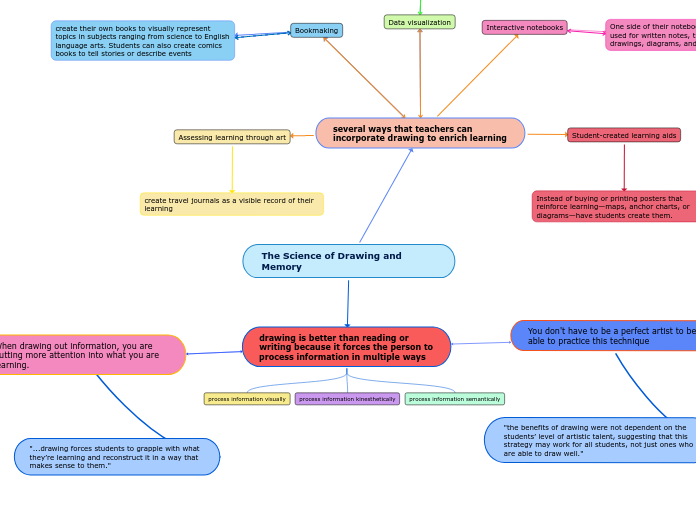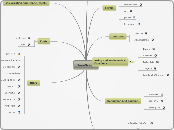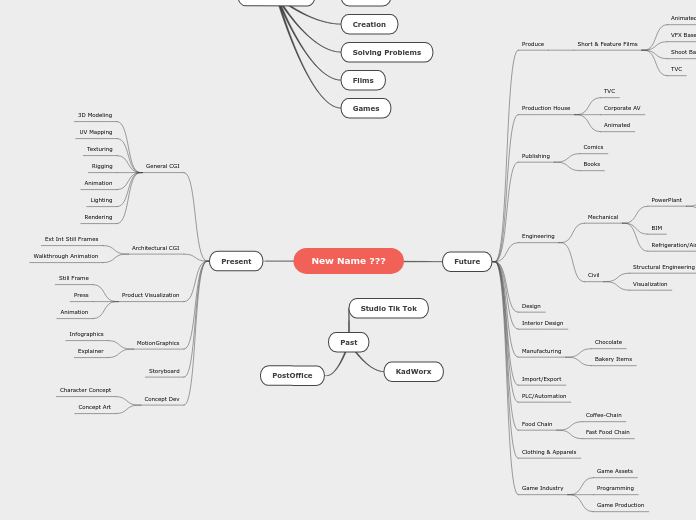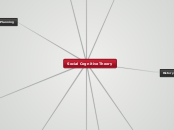von Arianna Acosta Vor 3 Jahren
278
The Science of Drawing and Memory
Integrating drawing into educational practices can significantly enhance student learning by engaging multiple cognitive processes. Teachers can use student-created visual aids like maps and diagrams instead of pre-made materials, fostering a deeper understanding.









